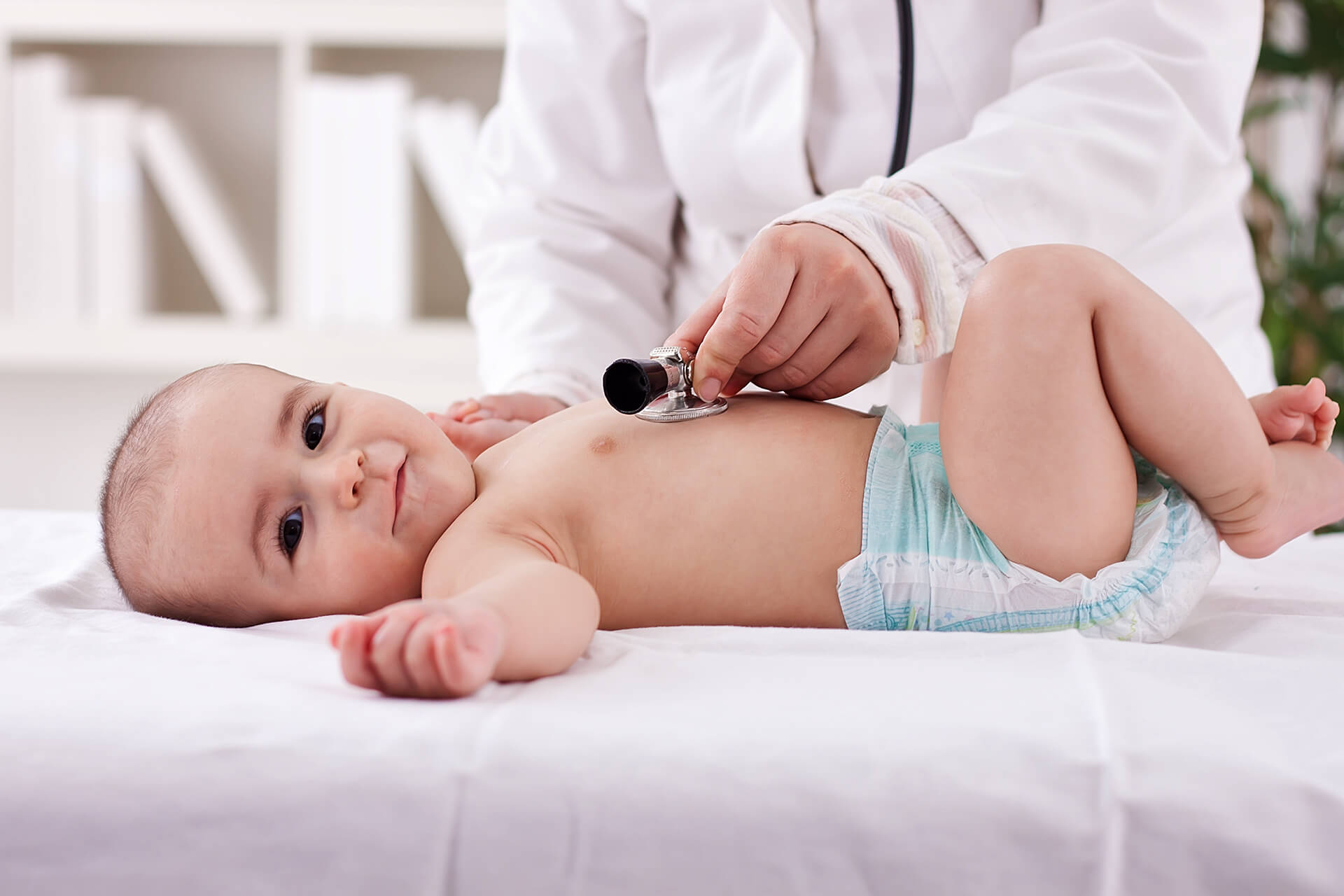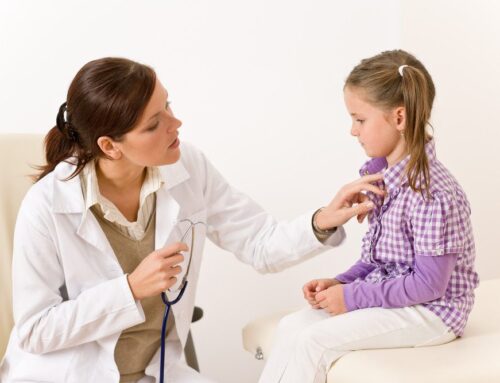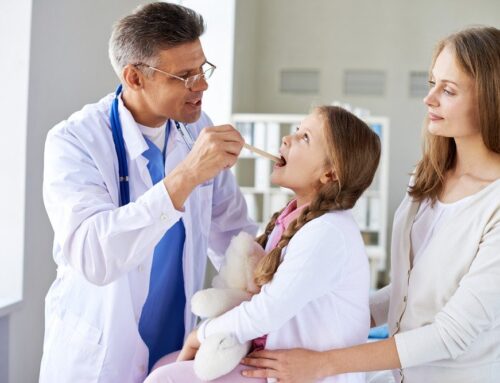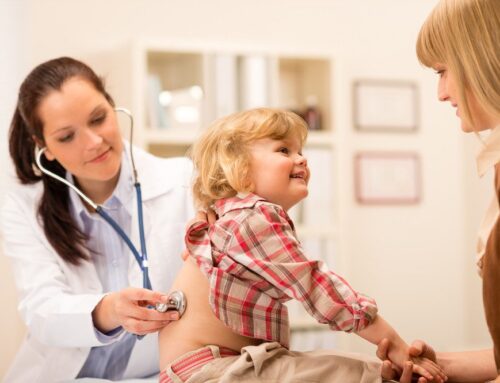Childproofing
You probably childproof your house and constantly worry that you forgot about some deathtrap. Relax! If you’re worrying, you’re probably on top of things. A quick checklist of potential hazards:
- electrical outlets
- hazardous household materials, such as cleaning agents and paint
- medications
- heavy furniture
- stovetops and hot liquids
- sharp objects and edges
- choking hazards
- objects or areas (such as old hope chests) where children may suffocate
Take simple steps to block or secure these hazards, and keep an eye on your little ones to make sure they don’t breach your rigorous firewalls.
Teaching
When your child is old enough, they should learn precautions such as:
- Pedestrian safety, including looking both ways, using crosswalks and sidewalks and avoiding “distracted walking”
- Wearing a helmet when riding a bicycle
- Fire safety
- Food and kitchen safety
- Safety around water
- How to read labels to avoid ingesting poison or touching hazardous materials
- Staying away from drugs and alcohol, including prescriptions not meant for them
Even if they learn these lessons in school, on TV or from catchy children’s songs, it’s important to be proactive as a parent.
Encourage a healthy level of germophobia
Teach your children how to practice proper hygiene at a young age, especially hand-washing. Doctors recommend using soap and warm water; there is no need to use antibacterial soap. Caution children against sharing beverages, hairbrushes and other items that may share more than they bargained for. Do other parents a favor and keep your kids home if they are sick, and definitely wage that uphill battle of making sure they always cover their mouths (then wash their hands) when they sneeze and cough. Keep tissues accessible, too, so they don’t improvise with their clothing.
Avoid smoking
There’s no bad time to quit smoking, and there’s no better time to quit than when you have or are planning to have kids. Tell guests that they must smoke outside away from vents: you’re allowed to make rules at your own home. Secondhand smoke often leads to long-term respiratory problems, and it can have the same effects on nonsmokers as smoking does on smokers.
Drive nicely
Your child may not be driving yet, but you are. Exemplify safe, defensive driving. Use the appropriate child restraints, but also buckle yourself up, put down the phone, watch your speed and put things into perspective: if you arrive at your destination safely, that’s a success. If you become frustrated with other drivers, take a deep breath and ask yourself if that other driver endangered you. If not, let it go. If so, instead of letting your anger mount, you can use the moment to calmly teach your children about good driving habits.
Visit the doctor
Make sure your kids get regular medical check-ups and vaccinations as advised by their pediatrician. Because children’s health is so important, many states have special insurance or cost containment programs to help parents afford preventative health care.





